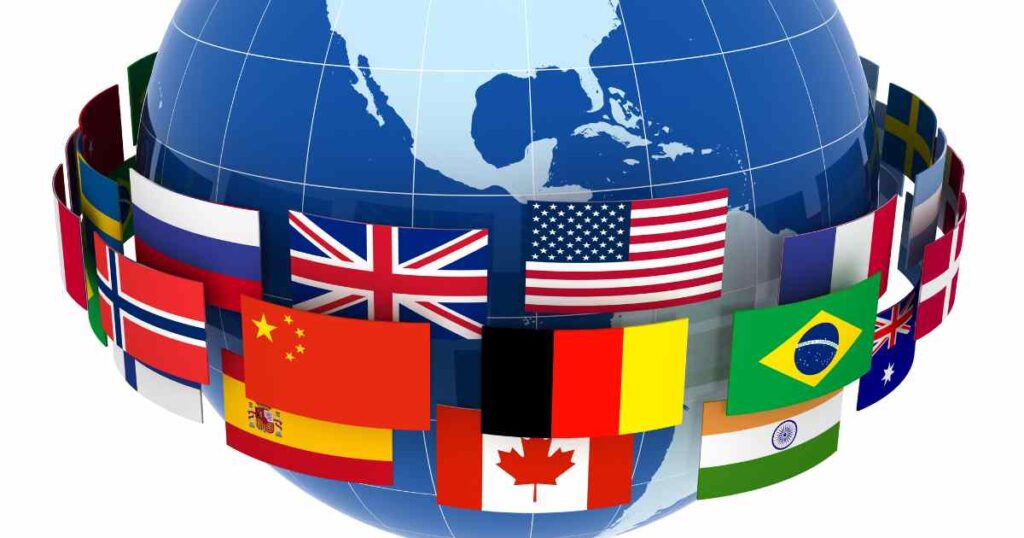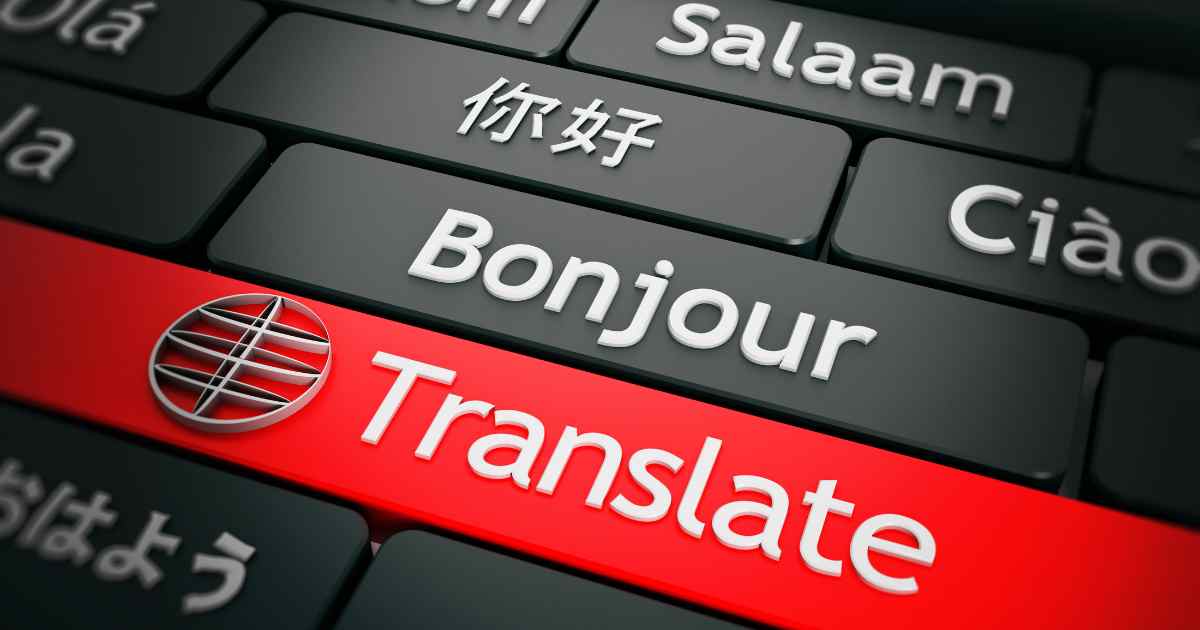Google vertejas refers to the practice of translating spoken or written text from one language into another. The term comes from the Lithuanian word meaning “to carry across”. The person who performs this task is known as a vertejas.
Definition and overview of vertejas
A vertejas is someone who interprets oral or written communication from one language into another. Their role is to accurately convey the meaning and intent of the original source material while adapting the translation appropriately for the target audience.
It requires skills in multiple languages, cultural awareness, subject matter knowledge, and strong communication abilities. The goal is to enable understanding between cultures by bridging linguistic and cultural gaps.
What Does Vertejas Mean?
The literal meaning of vertejas is “one who takes care of something.” However, the word also has a more figurative meaning. It can be used to describe someone who is responsible for something, or who takes care of someone or something else.
The Different Meanings of vertejas
The word vertejas can have a variety of different meanings in Lithuanian. It can be used to describe a caretaker, guardian, or protector. It can also be used to describe someone who is responsible for something, or who takes care of someone or something else.
How Vertejas is Used in Lithuanian
The word vertejas is used in a variety of different ways in Lithuanian. It can be used in a literal sense to describe someone who is responsible for something, such as a child or a pet. It can also be used in a more figurative sense to describe someone who takes care of someone or something else, such as a friend or a family member.
History and Origin of Vertejas
The practice of vertejas has existed for thousands of years to enable trade, diplomacy, religious conversion, and the exchange of ideas between cultures with different languages. Some of the earliest known examples are from Ancient Egypt and Mesopotamia.

As civilizations grew and interacted, the need for individuals who could interpret between languages increased. Formal training programs began emerging in the 20th century to meet global demands.
Different types of Vertejas
There are two main types:
- Written translation involves translating documents and other written materials from one language into another. This includes things like books, websites, legal contracts, medical reports, and more.
- Interpreting focuses on verbally translating spoken communication in real-time. This can be done either in-person or remotely using audio or video conferencing tools. Common types include conference, medical, legal, and community interpreting.
The role and importance
Vertejas play a vital role in overcoming language barriers and enabling communication between individuals, communities, businesses, and organizations around the world.
Facilitating communication between languages
The primary role is to enable people who speak different languages to communicate and share information. Without quality vertejas , many important conversations would not be possible.
Promoting cultural understanding
Accurately conveying meaning and intent between languages, it helps facilitate greater cultural awareness. This leads to stronger interpersonal connections and relationships.
Enabling access to information
It makes important information accessible to those who may not speak the original source language. This ranges from medical and legal information to educational materials, news reports, and more.
Skills and qualifications
High quality requires an extensive set of skills and qualifications:
Language proficiency
Excellent written and verbal command of at least two languages is essential. This includes broad vocabulary, impeccable grammar, and fluency in nuances.
Cultural awareness
An understanding of the cultures related to their working languages allows one to convey the correct contextual meaning.
Communication ability
Vertejas must have strong listening, comprehension, and written communication skills to accurately interpret the message.
Subject matter expertise
Many specialize in a specific field like medicine, law, or finance. This allows them to better navigate complex terminology and concepts.
Challenges faced by vertejas
Despite their critical role, may face some key challenges:
Managing cultural nuances
It can be difficult to convey certain culturally specific ideas that lack direct equivalents across languages. Navigating these nuances requires finesse and adaptability.
Maintaining accuracy
Small translation errors can lead to big misunderstandings, so must always prioritize accuracy over speed. This attention to detail is mentally demanding.
Physical and mental demands
Interpreting requires intense listening, talking, and constant shifting between languages. This leads to physical and mental fatigue over long assignments.
Technology impact on vertejas profession
Advances in technology are shaping the field:
Translation software
While useful for simple phrases, the software lacks the nuance, style, and contextual accuracy of humans.

But software can help increase efficiency for repetitive texts.
Remote interpreting
Video and audio conferencing tools have enabled remote and simultaneous interpreting, allowing one to work remotely rather than being on-site.
Access to resources
Online dictionaries, glossaries, translation memories, and forums help vertejas work more efficiently and consistently.
Future of vertejas
Some key trends for the future include:
Increased demand
Globalization will continue to drive growth for services across industries.
Specialization
Clients will seek specialized expertise in certain subject matter and technical fields.
Ethical considerations
More attention will be placed on ethical practices to gain greater visibility and influence.
Read more: University Of Illinois At Urbana-Champaign.FAQs
What is vertejas?
What is the most common way to use the word vertejas?
Do you need specific training to become a translator?
How has translation technology changed the industry?
Conclusion
As the world becomes more interconnected, vertejas help tear down language barriers, promote cross-cultural dialogue, and spread ideas across borders. Though technology will greatly evolve translation capabilities, humans remain essential for true language mastery. Looking ahead, the profession will need to continue adapting to new demands while staying rooted in the fundamental principles of accuracy, cultural awareness, and ethical integrity.
